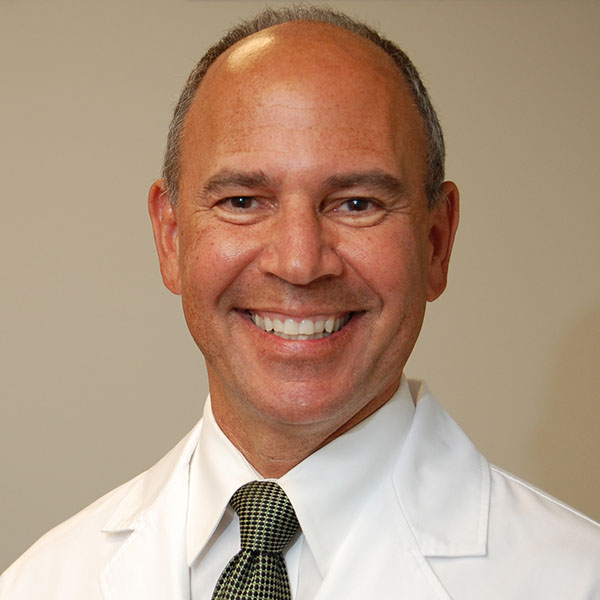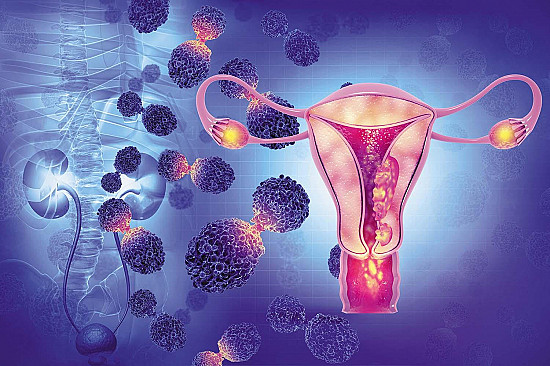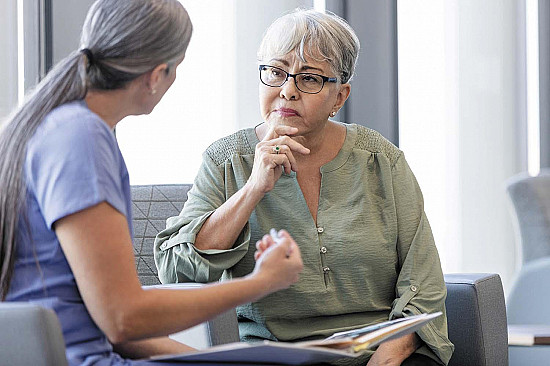Scrotum trouble
Pain "down there"? Here are some possible causes.
- Reviewed by Howard E. LeWine, MD, Chief Medical Editor, Harvard Health Publishing; Editorial Advisory Board Member, Harvard Health Publishing

While some sources of scrotum pain are obvious, like a recent sports or exercise injury, in many cases the cause is unclear. "Scrotum discomfort in men can be caused by a variety of factors, ranging from minor to serious conditions," says Dr. Michael O'Leary, a urologist and professor of surgery at Harvard-affiliated Brigham and Women's Hospital. Here's a look at common sources of scrotum pain and how they are treated.
Infections
Two types of infections can cause scrotum pain. Epididymitis is inflammation of the epididymis, the coiled tube at the back of the testicle that stores and carries sperm. The inflammation is often a response to a sexually transmitted bacterial infection (like gonorrhea or chlamydia) or a urinary tract infection from bacteria such as E. coli.
The second type, orchitis, is swelling and inflammation in one or both testicles. This can be viral or bacterial in origin. These infections may also cause a burning sensation when you urinate and increased pain with walking. Bacterial epididymitis and orchitis are treated with antibiotics.
Testicular torsion
Torsion of the testicle is an uncommon but serious condition in which the testicle twists on the cord that provides its blood supply. The twisting cuts off the blood supply to the testicle. "It is extremely painful and must be treated quickly to prevent permanent testicle damage," says Dr. O'Leary.
Besides scrotum pain, symptoms of testicular torsion include nausea, vomiting, and swelling on one side of the scrotum. Sometimes a urologist can untwist the testicle by hand. If this is not successful, surgery is needed.
Varicocele
Varicocele is a condition in which one or more veins in the scrotum enlarge or swell. It's caused by faultyt valves in the veins that prevent blood from flowing properly. This can cause blood to pool in the scrotum, which may lead to a dull ache that worsens after you've been physically active or standing for a prolonged period. It is most common in the left testicle. If needed, it can be treated with varicocele embolization or placement of a surgical clip, minimally invasive procedures that close off blood flow to the affected veins. "But keep in mind that the pain does not always resolve," says Dr. O'Leary.
Inguinal hernia
Hernias occur when part of an organ or another body part pushes through a weak area of the abdominal muscles. There are many different types of hernias, but one often associated with scrotum pain is inguinal hernia.
This occurs when a portion of the intestine or internal fat pokes through a weakness in the inguinal canal, which runs from the abdominal wall to the groin. The inguinal canal contains the blood vessels that go to the testicles and the duct that carries sperm from the testicle. Initially, an inguinal hernia may cause no symptoms or only a feeling of heaviness or pressure in the groin. Symptoms are most likely to appear after you've been standing for a long period or when you're engaging in activities that increase pressure inside the abdomen, such as heavy lifting, persistent coughing, or straining while urinating or moving the bowels. As the hernia grows, pain in the scrotum can become more severe. This type of hernia usually requires surgery for repair.
Hydrocele
A hydrocele occurs when fluid collects inside the scrotum, making one of the testicles appear larger than the other. It may feel like a small balloon filled with fluid. A hydrocele forms because of an injury or inflammation to the scrotum. It is smooth and often painless when small. However, large hydroceles may induce discomfort during sexual activity, sitting, or walking.
Hydroceles that cause disfigurement or discomfort can be removed with a minor surgical procedure. Another option is sclerotherapy: the doctor drains the hydrocele through a tiny scrotal incision and then injects an agent into the area to prevent fluid from accumulating again.
Chronic prostatitis and chronic pelvic pain syndrome
Chronic prostatitis and chronic pelvic pain syndrome are often used interchangeably because the symptoms overlap. Men may just have discomfort in the scrotum and pelvic area. They may also have pain with erections, urination, and ejaculation; needing to urinate frequently; and dribbling after emptying the bladder.
Since a persistent bacterial infection of the prostate could be the culprit, doctors often first prescribe antibiotics. If that is unsuccessful, finding a solution can be challenging. That may take a trial-and-error approach, often involving a combination of therapies, such as anti-inflammatory drugs, physiotherapy, stress management, exercise, and dietary changes.
Image: © Henadzi Pechan/Getty Images
About the Author

Matthew Solan, Executive Editor, Harvard Men's Health Watch
About the Reviewer

Howard E. LeWine, MD, Chief Medical Editor, Harvard Health Publishing; Editorial Advisory Board Member, Harvard Health Publishing
Disclaimer:
As a service to our readers, Harvard Health Publishing provides access to our library of archived content. Please note the date of last review or update on all articles.
No content on this site, regardless of date, should ever be used as a substitute for direct medical advice from your doctor or other qualified clinician.
















